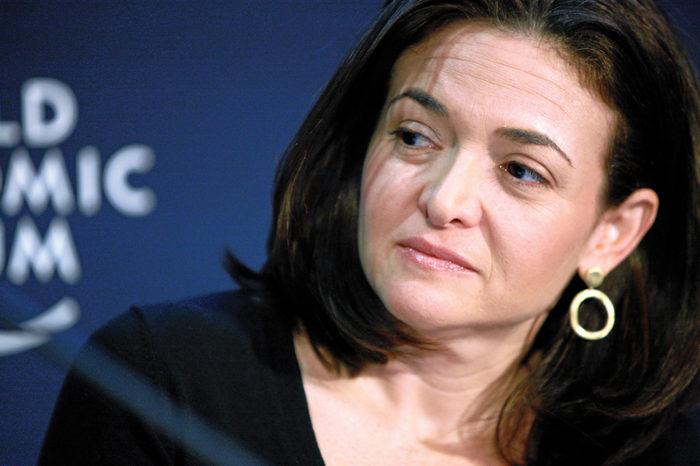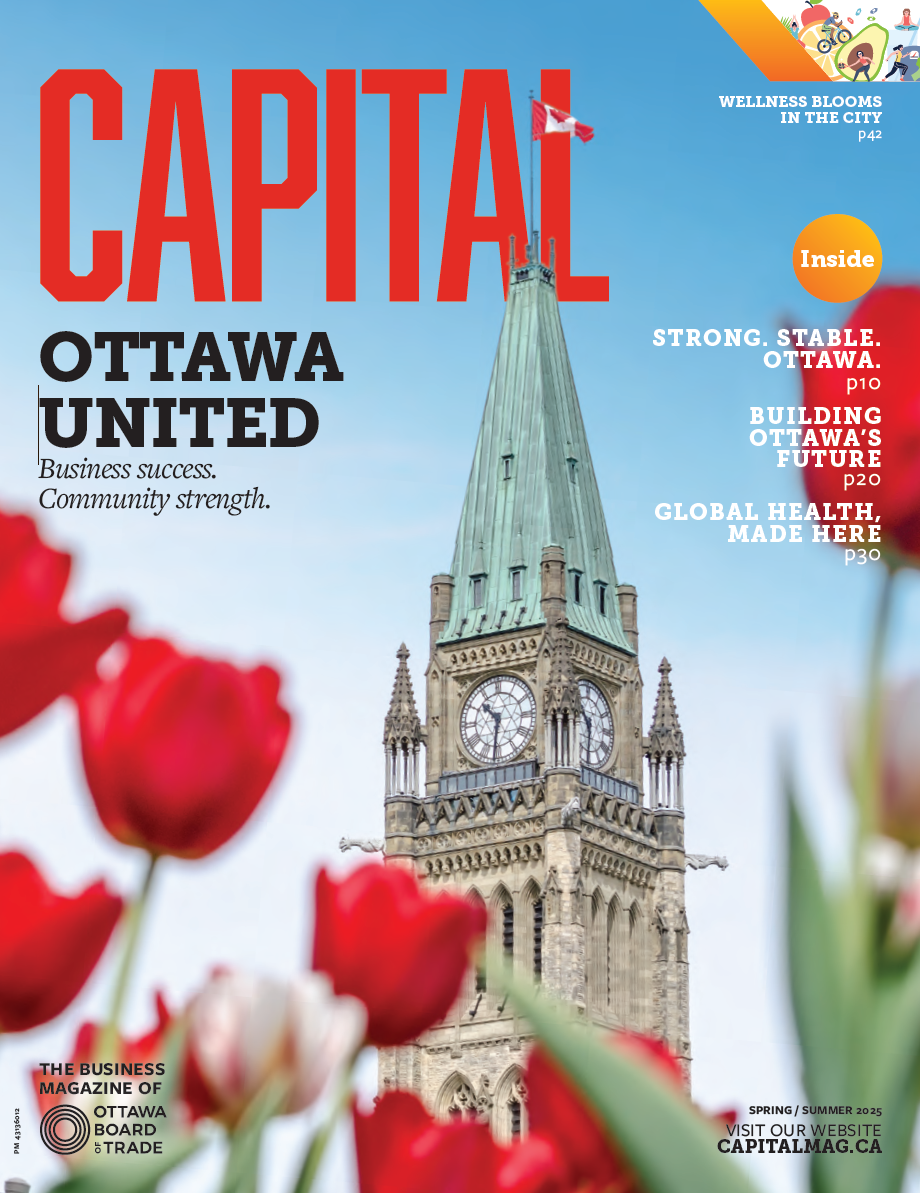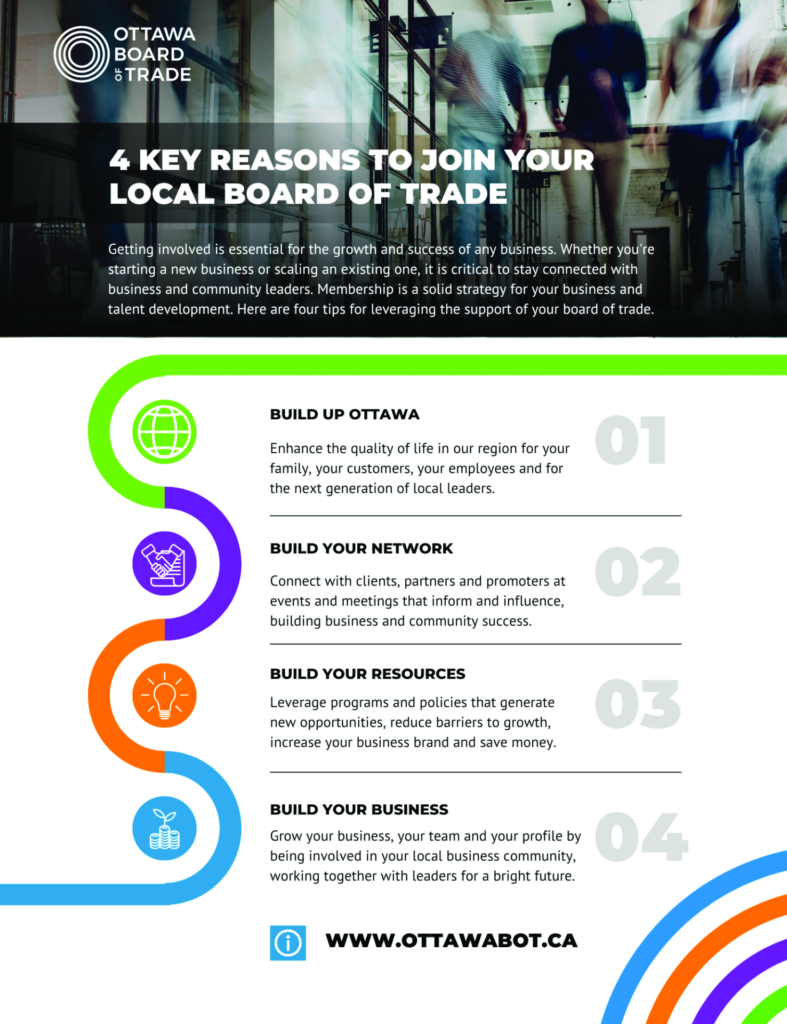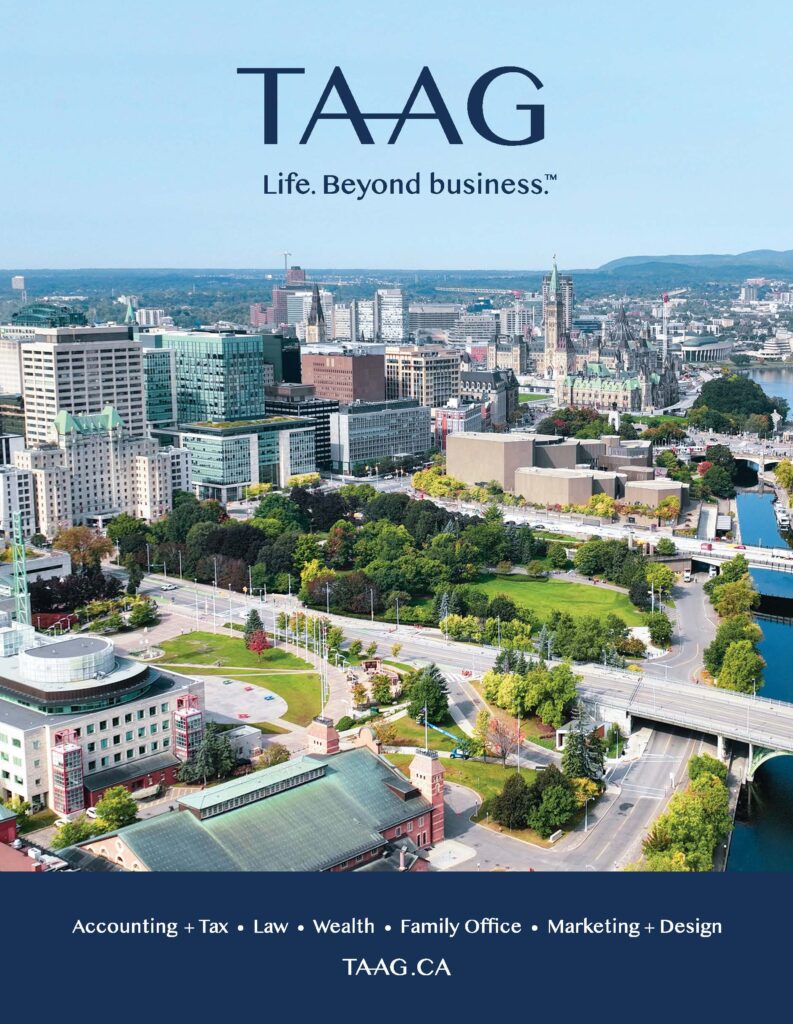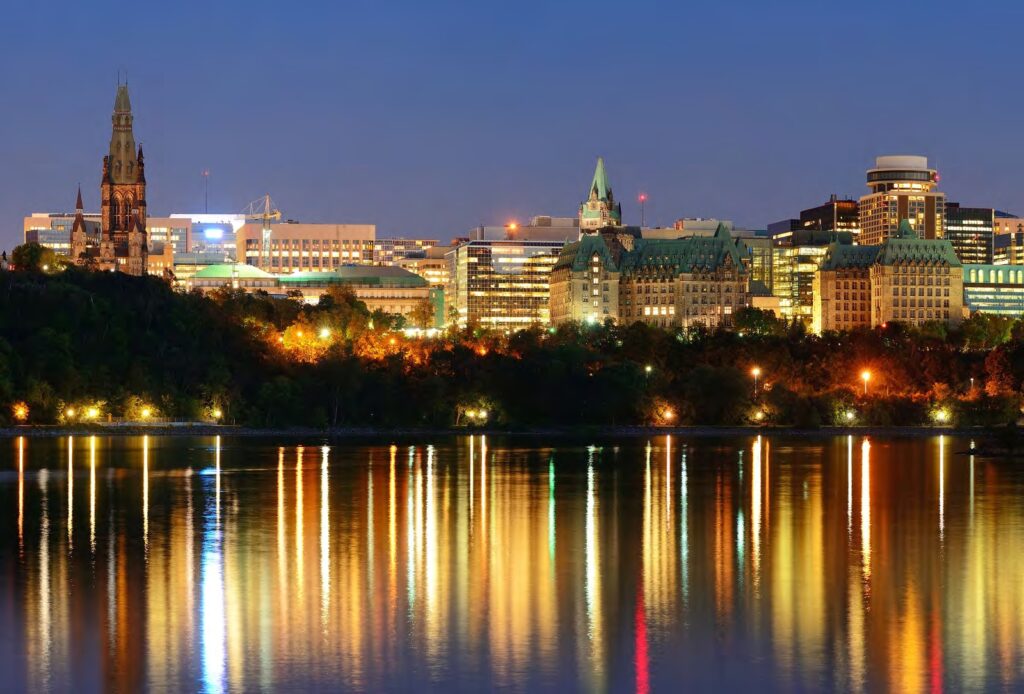Feature – Creating Ottawa’s Greenprint
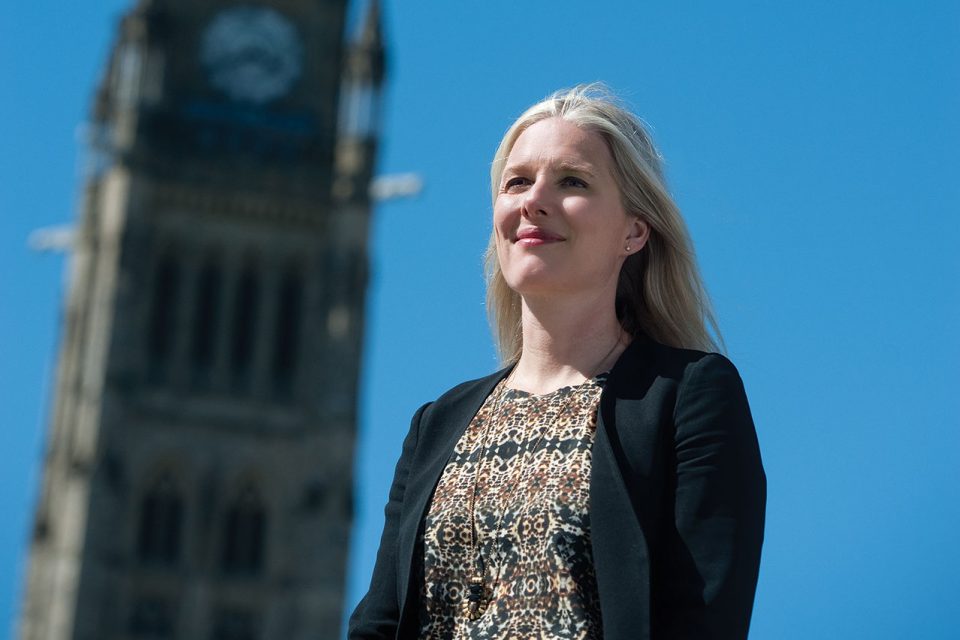
The Honourable Catherine McKenna, Minister of Environment and Climate Change
Can Ottawa become the greenest capital in the world?
By Kaarina Stiff
Catherine McKenna, the federal Minister of Environment and Climate Change and MP for Ottawa Centre, was quite serious when she said it was time to make Ottawa the “greenest capital in the world.”
It probably wasn’t the first time someone has suggested it. But this time, the challenge came from a local MP whose cabinet position makes her responsible for everything from negotiating federal GHG reduction targets to protecting Canada’s waterways. As a result, the missive she posted on Twitter last June gained more traction than it otherwise might have. But what does it mean to be the “greenest capital” and how do we measure it?
“I think of it in three pillars,” says Minister McKenna. “Live, work, and play.”
Whether the issue is water quality or GHG emissions, she says that every component of the environment is connected to every facet of our lives and there’s an economic imperative to view the environment as an opportunity to perform better across the board.
The shift is starting to happen. With the implementation of Ontario’s cap-and-trade system for carbon emissions, the focus is turning to how companies can be more environmentally and economically sustainable, such as by identifying opportunities to save money by improving energy efficiency. For Minister McKenna, that’s exactly the point.
“We have an opportunity to be setting the green standard,” she says.
In Ottawa, discussions about greening the city naturally gravitate to the improvements light rail is set to deliver. When phase two of Ottawa’s Light Rail Transit system is complete (the current target is 2023), the city estimates that 70 percent of residents will live within five kilometres of the rail system.
“We need to finish that last five kilometres,” Minister McKenna says, by looking at “what we develop, and where we develop,” and leveraging the city’s cycling infrastructure.

Ottawa City Councillor David Chernushenko
Ottawa City Councillor David Chernushenko, who represents Capital Ward, has been a strong proponent of the city’s efforts to expand and improve bike lanes. He’s behind the concept of McKenna’s challenge, but notes that there’s a lot of work to do.
“There are great examples to show what we’re doing, but we have the sense that we’re doing better than we actually are,” he says. “We have all of the ingredients to be the greenest capital, but people need to believe that we can.”
He says there are opportunities for Ottawa to become a real leader, particularly when it comes to developing a “smart grid” to improve the movement and storage of energy and retrofitting existing buildings. He cites research suggesting that in 2050, 70 percent of the buildings in place now will still be here.
“There’s a huge opportunity to create local jobs to retrofit those buildings, and that money stays here in the community.”
However, in the absence of strict green standards, Canada doesn’t have a robust domestic market to manufacture all the components that go into green buildings—including specialty windows and doors, which means those products are often purchased and shipped from Europe.
“We need to dispense with the idea that high green building standards impose costs,” Councillor Chernushenko says, noting that other countries like Sweden and Japan have used the opportunity to drive innovation. “There’s a transition where we just need
to level the playing field.”
At the same time, a growing number of local companies are finding success in clean technology—according to Invest Ottawa, the city is home to 240 clean tech companies with more than 5,300 employees—and Minister McKenna sees enormous potential to grow.
In its 2017 budget, the federal government announced plans for a “smart cities” challenge. The plan—which includes $300 million over 11 years for a Smart Cities Challenge Fund—would invite proposals for “digitally connected technology, including greener buildings, smart roads and energy systems, and advanced digital connections for home and businesses.”
As a world-leading high-tech hub, Ottawa should be well positioned to succeed.
“We have vibrant businesses [in Ottawa] that are committed to sustainability,” she says. “We need to brand it that way.”
That branding is catching on, both in the tourism industry and with employers who emphasize Ottawa’s natural environment and the opportunities to hike, cycle, and paddle without having to leave the city.
“We have all the conditions, we have the building blocks; we need the vision,” says Minister McKenna. “We need a greenprint for Ottawa that lays out what we want Ottawa to be, and make the economic case for it.”
Councillor Chernushenko agrees.
“Citizens get excited when you make bold moves; it’s something people can get behind,” he says, but he also suggests that it’s less about judging and more about just doing. “We need to be the greenest capital we can be.”
The challenge now is to bring everyone together to make it happen.
Kaarina Stiff is an Ottawa-based writer and editor, and former public service executive. She specializes in making big ideas accessible to a broad audience.
Carbon Pricing: What You Need to Know
 What is carbon pricing?
What is carbon pricing?
When burned, carbon-based fossil fuels emit carbon dioxide and other greenhouse gases into the Earth’s atmosphere, which contributes to climate change. Governments can place a price on burning carbon-based fossil fuels to encourage industry and consumers to reduce consumption.
There are two forms of carbon pricing: cap-and-trade systems and carbon taxes. Each Canadian province must adopt one of these by January 2018, or the federal government will impose one.
A carbon tax is levied by a government on industries and fuel distributors, using a set dollar amount for each tonne of carbon emitted. The industry or distributor must pay the tax, but can pass the cost to consumers. Alberta and British Columbia have introduced a carbon tax.
In a cap-and-trade system, a government places a cap on the maximum amount of carbon (by tonne) that can be emitted in its jurisdiction; the amount is typically lowered over time to meet its reduction targets. The government also sets individual caps on organizations that burn fossil fuels; however, those organizations can buy and sell emission rights to and from one another. This creates a so-called carbon “market.”
Ontario introduced a cap and trade system in 2017 with an initial emissions cap of 143,332,000 tonnes. In its first auction in April 2017, “allowances”, or permits, sold for approximately $18 per tonne. In 2018, Ontario will enter an existing market with Quebec and California.

Source: Ottawa Business and Energy Emissions Profile (2017), Climate Smart.
What it means for your business
The cost of fossil fuels (for example, gasoline for transporting products or natural gas for heating) may increase. You are allowed to pass those costs to your customers through price increases.
The cost of materials you purchase (such as food or fabric) may also increase, if the supplier has passed along their increased transportation or production costs.
To offset these increases, business owners can seek alternative forms of energy, purchase locally produced raw materials to reduce transportation costs, and implement other efficiency measures.
